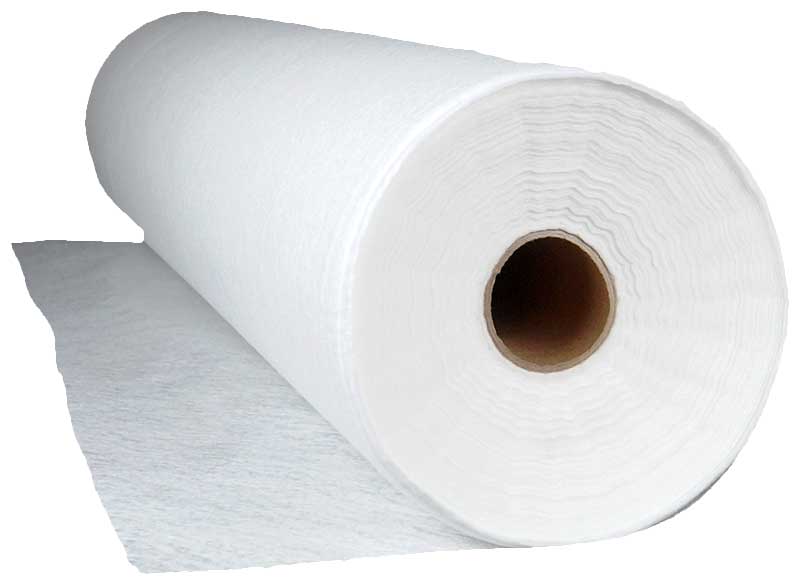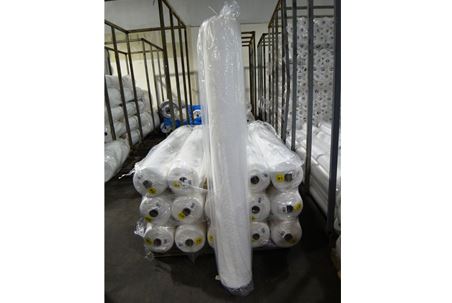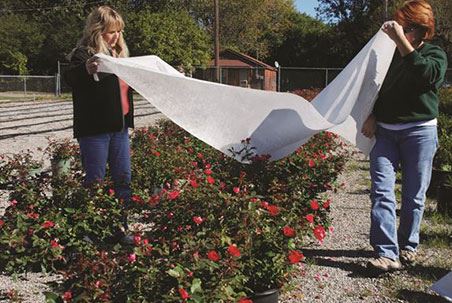Garden Plant Covers
FREE SHIPPING
The garden plant covers are designed to shield your plants from frost and cold weather. Made from 2.5-ounce spunbound fabric with UV inhibitors, these covers allow air and water to pass through while providing effective protection from frost. Sewn seams ensure a durable and high-quality product. These covers help maintain a warmer environment underneath, extending the harvest and flowering periods. Available in multiple sizes, these garden plant covers are a versatile and reliable solution for winter plant protection.











